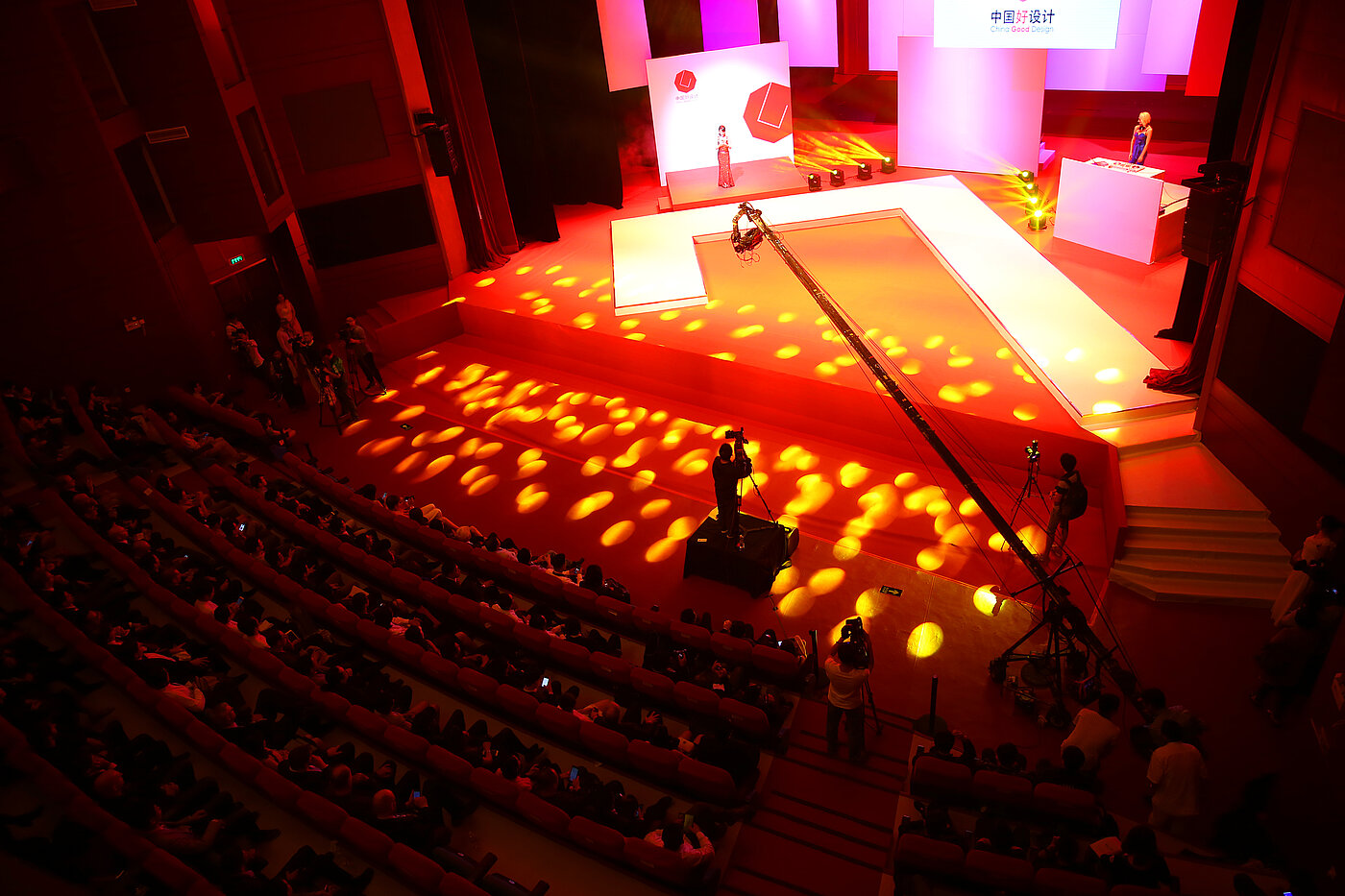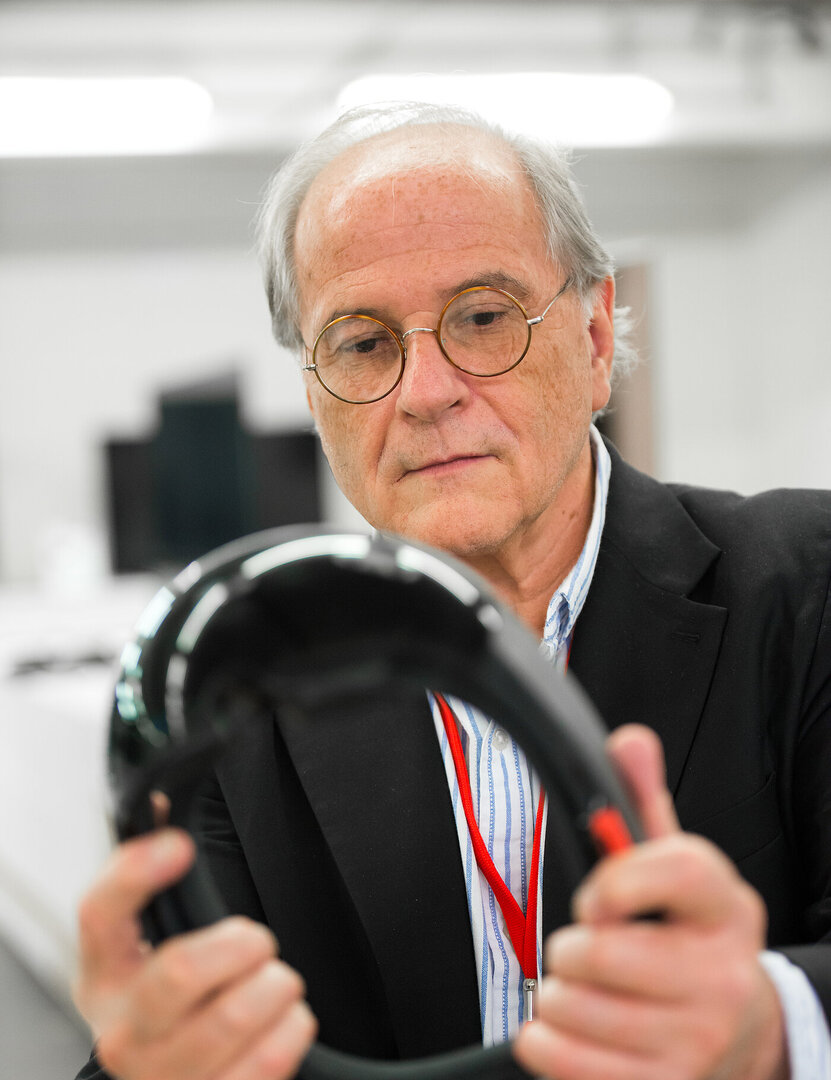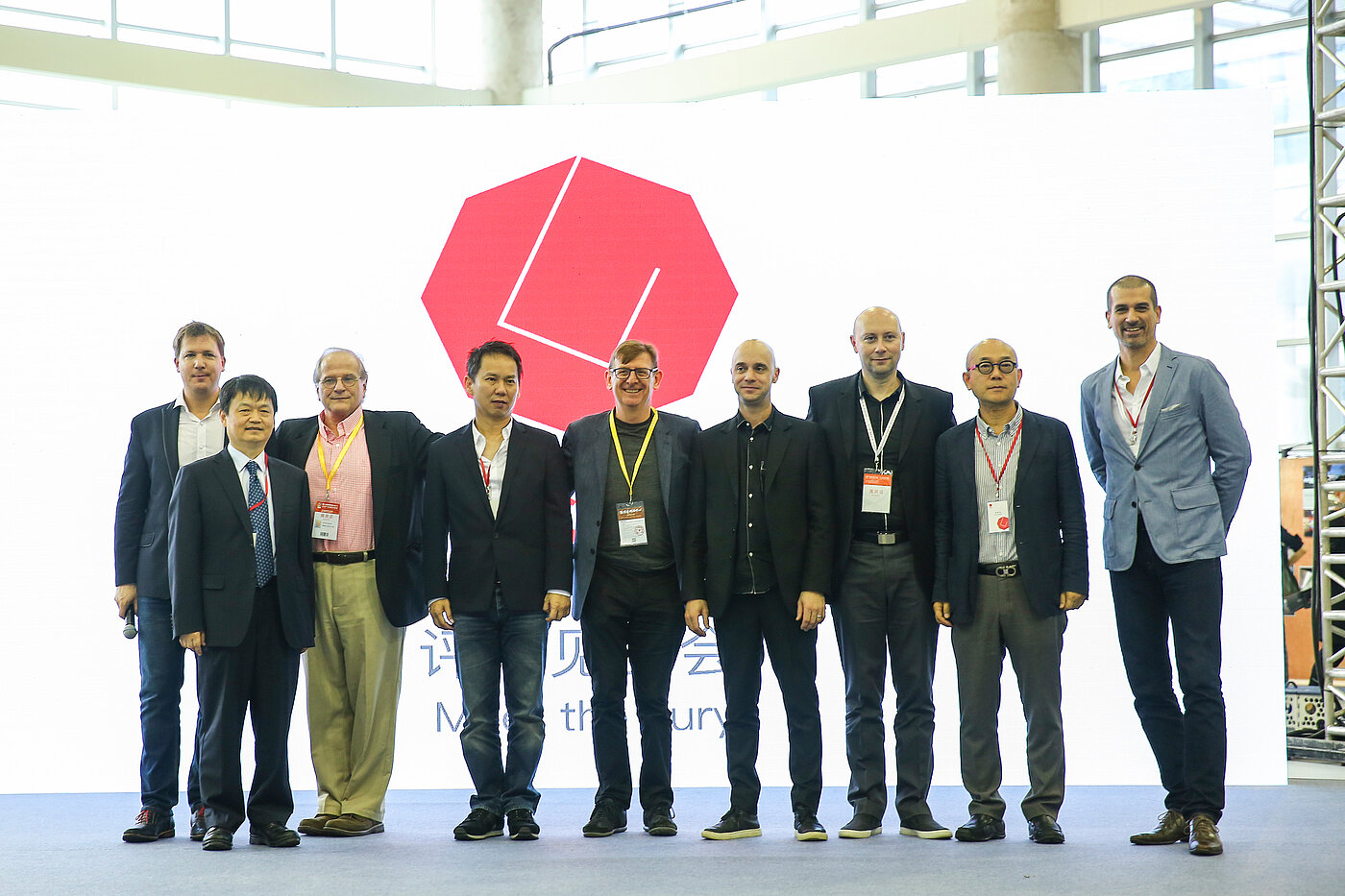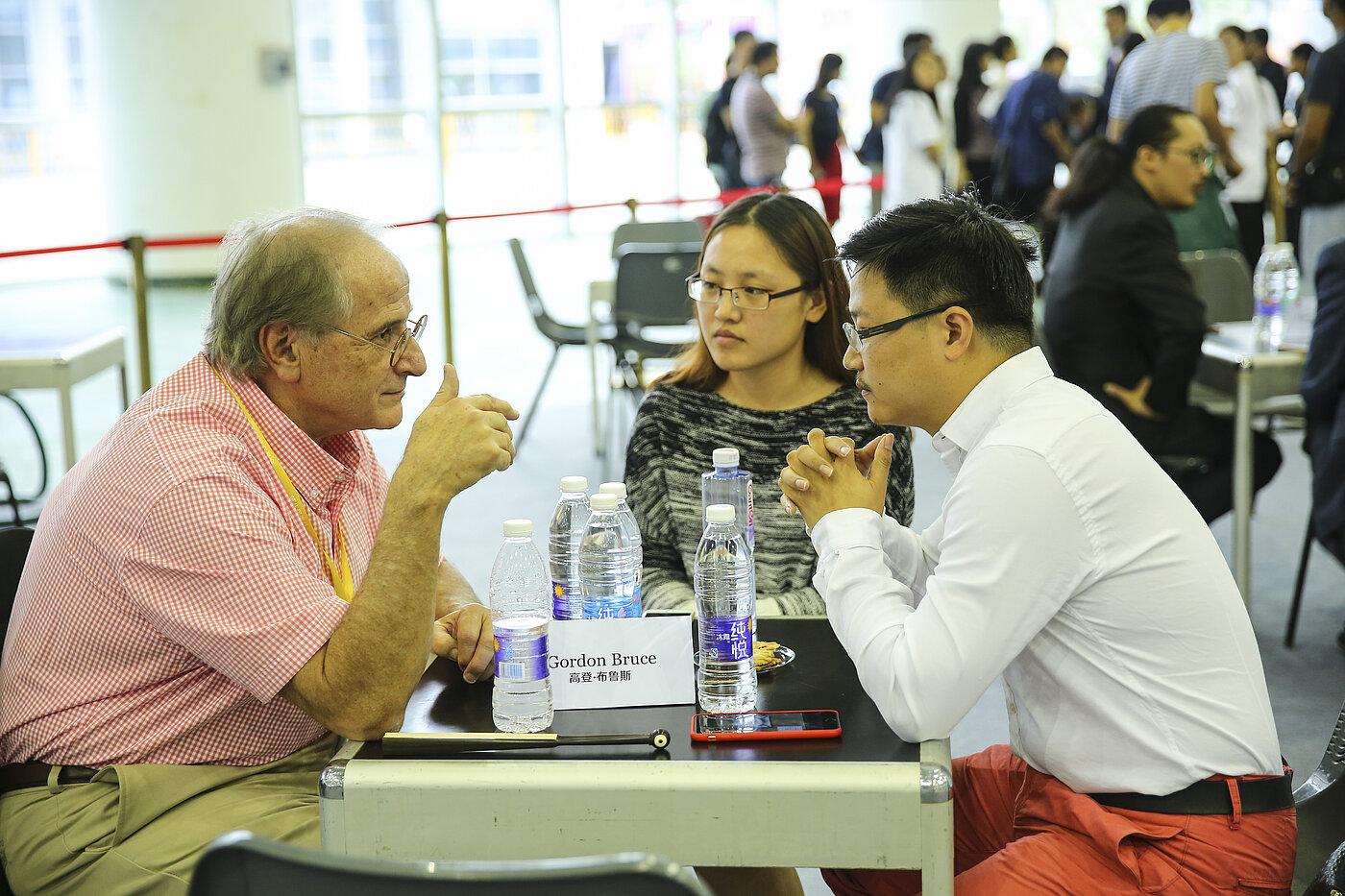China Good Design: Participation only until 12 August – tips from juror Gordon Bruce
China Good Design 2016 is in full swing. Until 12 August, participants can enter their best products to the competition, a cooperation of Red Dot with the Xiamen Media Group. Jury member Gordon Bruce shares the key to creating a successful product in an interview with Indesign.
What will you be looking for in the entries submitted to China Good Design 2016? In your opinion, what are the key qualities that a winning work should possess?
I always look for a continuity of the experience from a macro (big) point of view to a micro (detail) point of view. I look for the context in which the product is used and how well the design of the product resolves all the issues that have to do with the human / product relationship as well as the context / product relationship and the human / context relationship. I look at the overall scenario and how well it fits people in a natural and intuitive way before identifying design qualities like design organisation, design intelligence, intuitiveness, good human factors, simplicity, elegance, delight, etc. I need to understand the ‘designed performance’ before I can make a judgment about the sophistication of the physicality and the interaction qualities of the idea. That is, I need to know what evolves the form of the idea, not just the shape but how well one interacts with the design. I do not like products that wrap an idea with a shape for the sake of shape or to simply try to make it look pretty.
You’ve served as design consultant to many corporations all over the world, including ones based in China. What are your views on China’s design scene today?
I believe that design – in the modern sense – in China is still in its infancy. There are many challenges. Most companies I know in China do not want to take the time to SLOW DOWN and invest in internal design education like Samsung did when I ran the “Innovative Design Lab of Samsung”, from 1995 to 1999. In China, companies also do not have a real understanding of what D E S I G N really means. Too often people see design as a process of applying a pleasing form over an idea – ‘from the outside in’. They are not interested in spending time to evolve design ‘from the inside out’. Also, design is often seen as something that happens after a product is developed and it does not happen until the very end of the product development. Good companies use design from the very beginning throughout the process. There are many other issues like embodying human factors, etc., but it would take a book to explain.
What advice you would give to participants of the China Good Design competition?
Participating designers need to develop their ideas with a keen sense of responsibility for what their ideas do or how they make lives better. Only with a deep sense of responsibility will designers look more deeply into the problem. Moreover, I always use the model of Mother Nature as the best designer in the universe. The more designers understand what creates form in nature, and follow the same rules, the better their ideas become. In Mother Nature, there is nothing unnecessary. If designers strip away all the unnecessary issues, their designs become better. In addition, be curious and never be satisfied with your ideas. Always look for ways to make your idea better and better.




